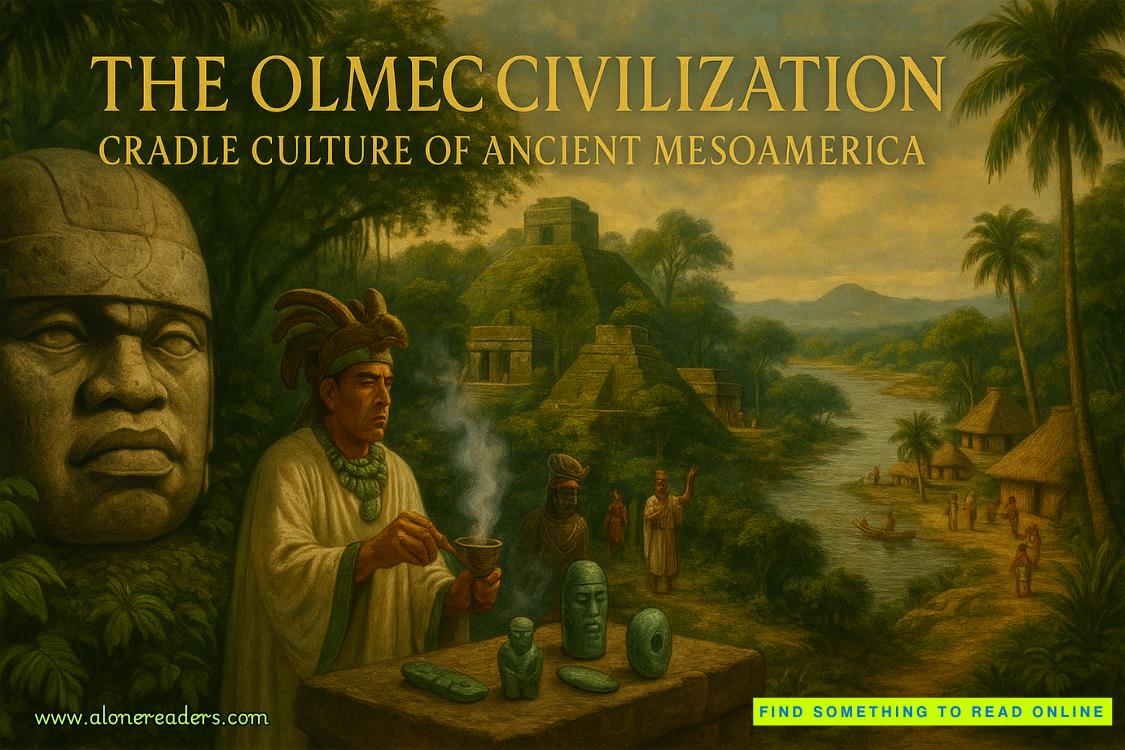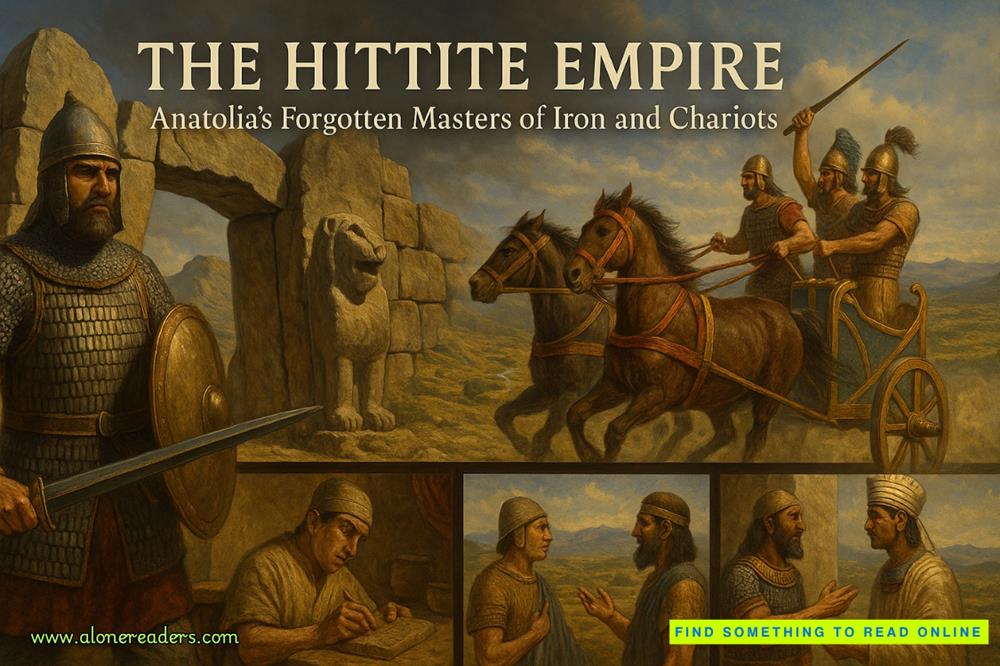Page 21 of Deadly Sacrifice
“Sure do. It’s illegal to fly in the crater, but I think that guy might be in trouble. We’d save time for the rangers by making sure he’s okay,” Randy said.
“Definitely worth chancing a ticket to do a good deed,” Jeff said.
Randy spent about twenty minutes prepping the device for flight, explaining the process as he worked. “The technical name for this unit is an Unmanned Aerial Vehicle, or UAV. There’s no pilot in the craft. Everyone calls them drones for short, even though the public sometimes confuses them with the drones the military uses, which are totally different.
“This is a DJI Phantom. It’s a quadcopter—four blades—but larger ones may have six or eight. They’re not approved for commercial use yet, but the FAA is writing regulations for them. We’ll see what happens. Until then, everyone who flies is officially doing it as a hobby.”
Plugging in a battery, Randy powered up the controller. “I can fly the drone and take pictures too. The new ones have a much better camera than earlier ones, and we can see everything by using a pair of tablets or cell phones. One of them shows what the drone sees—where it’s going—and the other one shows us what the camera is videotaping. Sometimes we use two people, one to fly and one to operate the camera.”
He turned on the UAV and waited for it to lock on to GPS satellites. When he revved the motors, the two-foot square quadcopter rose into the sky, sounding like an angry weed whacker.
“Noisy little sucker,” Jeff commented, watching the drone’s wobbly ascent.
“Yeah, well . . .” Randy was busy steering the unit over the edge of the crater and out toward the tree, watching the screen as he worked the controls. “As you can see, I have my hands full. Where next?”
Jeff stood next to Randy and pointed, then talked him towards the site. “Go left about thirty feet . . . a little more . . . good, now go forward slowly and have the camera look down.”
“Almost there.” Randy brought the drone lower to hover above the tree. The downdraft from the quadcopter’s blades stirred the koa leaves and ruffled the seated man’s hair, but he didn’t move.
“Oh no,” Jeff said. Through distance and distortion, the horror of what they were viewing seemed unreal, some kind of awful mirage. “I think that guy was murdered.”
“Houston, we have a problem,” Randy said. “Jeff, you call 911 while I bring this bird in for a landing.”
14
LEI
Reachingthe team meeting to discuss the Goodwin murder seemed almost peaceful to Lei after a hectic morning getting the kids fed and ready for school, and herself and Stevens to work in Kahului on time. She settled into a seat at the Formica table in the familiar windowless conference room with its whiteboard-lined walls and stirred chunks of nondairy creamer into the inky coffee filling a chipped Maui Police Department mug.
What would the Captain think of Katie’s Cave and its sassy motto mugs? It would be fun to find out one of these days—and that gave her an idea for her young mentee as she waited for the rest of the team to arrive.
Soon Captain C.J. Omura arrived. With a brief nod to Lei, she took her seat at the head of the table, setting down a platter of beautifully arranged fruit and vegetable snacks. TG shuffled in behind her, carrying a large portfolio, followed by Pono and Katie.
“I brought the autopsy report,” Pono told the group. “Fresh off the fax machine.”
Usually Lei’s job, this time she asked Katie to take notes on the whiteboard for the team as they reviewed the first twenty-four hours of progress on the case. She wanted to see how Katie handled that spotlight.
Perky in a pleated plaid skirt, white button-down, knee socks and flats, today Katie was rocking an ‘Abby from NCIS’ look. She seemed unfazed under the microscope of Captain Omura’s critical gaze. “Rather than standing at the whiteboard, I propose taking notes on my tablet, then I’ll use a camera node to project the text onto the whiteboard. After we are done, I’ll email the notes to everyone. I never sully my hands with ink,” she’d declared. “Inefficient and old-school.”
Captain Omura met Lei’s gaze with a slight eye roll. “Is that so, Intern Investigator McHenry.”
“A hundred percent,” Katie declared, her back to them. “Wait till you get my notes in real time, before you judge.” She tapped the tablet and all of their phones beeped. “Ta-da!”
Lei made no comment, but privately had to admit that updating during the meeting was superior to taking a photo of the board after the meeting, and still having to transcribe or include the information manually in the case file. Even so, jazzy note-taking didn’t change the fact that, so far, they had little in the way of leads.
The autopsy report confirmed cause of death as exsanguination due to throat-cutting. The only new information was that Goodwin had been drugged with Rohypnol, likely the reason she lacked defensive wounds. Goodwin had likely been nabbed from her home—the way TG had put together her kidnapping in the foyer. “She opened the door voluntarily,” TG intoned in his deadpan way, stroking his pallid chin with a forefinger. “Maybe she knew her attacker.”
“That doesn’t mean she knew the intruder,” Lei said. “It’s a safe neighborhood. Lots of kids go around selling door-to-door and such. It would be unusual if she didn’t open the door to someone knocking, even in the evening.”
That led to the depressing fact that no witnesses had seen anything in the neighborhood, per the canvassing report.
There was no useful trace in the house, according to TG, who’d spent a long night poring over hair samples found in Goodwin’s drain as well as trace on the lava near and around the body. No additional trace was found, and no clear motives or suspects were emerging so far.
“But there was a lot of weird Hawaiiana messaging at the crime scene,” Katie said. “Precontact stuff, as Pono pointed out, with her clothing, the ti leaf offering, and the choice of murder weapon. I looked closely at the weapon; it’s a modern, carefully made replica. Several of them are in the Bishop Museum with plenty of photos to copy. Wood used was common pine, stained brown to look like the koa wood used in the originals. I confirmed the historical accuracy of the items, but I couldn’t find any precedents in other crimes.”
“I analyzed the brick that was included with the driver’s license,” TG said. “It’s a modern composite material being produced here in Hawaii: a mix of locally made concrete blended with dye and formed to look like antique Continental bricks.”
“We need to find out what construction project is using those,” Lei said. “Maybe there’s some connection.”















